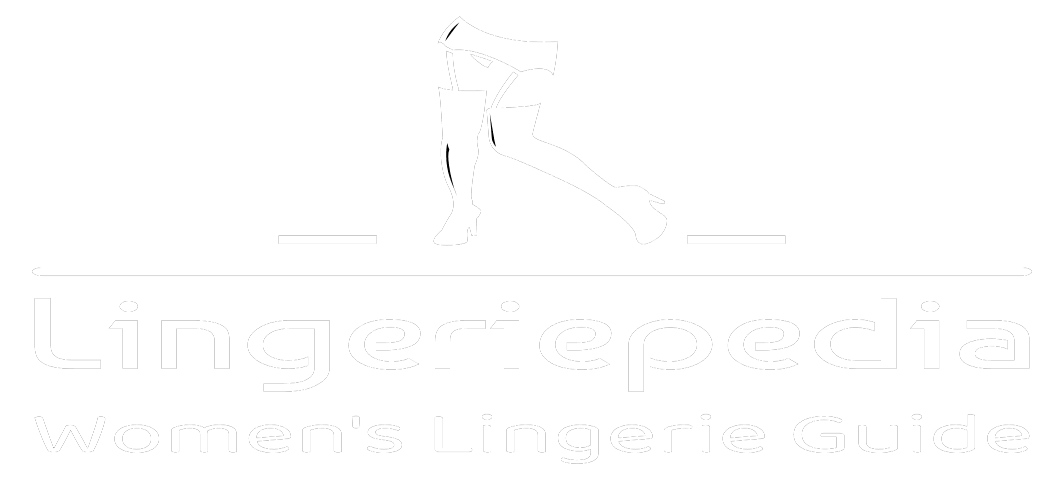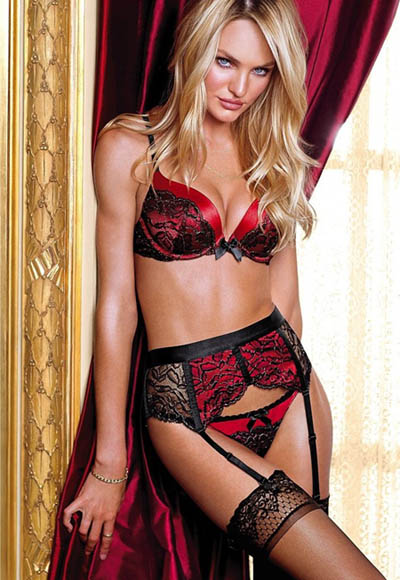1. Bras are meant to fit quite tightly. Bras are actually meant to fit tightly around the chest, tighter than most women have them. This results in most of the women I see wearing the wrong sized bra (typically too large in the back and too small in the cup).
The reason for this is simple, the band of the bra has a huge role in supporting the weight of the breasts, that is not just a job for the bra straps. If your bra is too loose the band cannot help support the weight of you breasts, and you are likely to get sore shoulders around the bra straps. A bra that is too loose will “ride up” over time and your breasts will be completely out of position.
2. New bras are supposed to be fitted on the set of hooks that give the largest size. I am always amazed at the number of women who try to fit new bras on the middle or tightest set of hooks (in case they put on weight). The different sets of hooks are not there to allow for poor measurement / fitting.
The hooks / eyelets are there because as you wear and wash your bras they will slightly stretch as the material relaxes. As this happens you can move to a tighter set of eyelets to retain the support you need. This will extend the life of your precious purchases.
3. Cup size does not measure the size of your breasts Cup size does not actually measure the size of your breasts, it measures the size of your breasts relative to the size of your chest. Although the term “DD” has become synonymous with someone who has large breasts, it is not strictly correct. Someone with a size 34DD will actually have similar sized breasts to someone with a size 38C, or even a 42A!
4. Different countries use different cup sizing methods. Just to make things even more difficult different countries use different ways of denoting cup sizes. They are all the same up to (and including a D cup), but then they are different.
The British method sizing goes (in increasing cup sizes): AA, A, B, C, D, DD, E, F, FF, G, GG, H, HH, J, JJ (I never really understood why AA is smaller than an A, but a DD is larger than a D, or why there is no size EE)
Many European manufacturers do not use the “double letter” sizes at all, and their cup sizing goes (except AA): AA, A, B, C, D, E, F, G, H etc
Finally many US manufacturers just use more D’s as the cup size increases above a D, as follows: AA, A, B, C, D, DD, DDD, DDDD etc
As as long as you are a D cup, or less, life is simple, as all the systems are the same. Anything above that and things get very complicated. For example, a British “E” cup, will be a European “F” cup, and a US “DDD”. As you can see it is vital that you find out where your bra was made, and the sizing that is used – particularly if you buy on the internet.
Conclusion The more I have worked with women and bras, the more I understand why so many women have the wrong sized bra. There are so many things to consider, I really do advise all women to get a professional bra fitting. I hope this helps a little with your next purchase.

